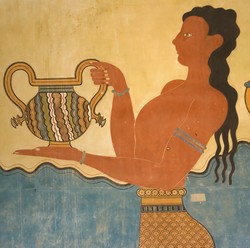Europe and its Bronze Age identity
Europe in the Bronze Age, a golden era between 3000 BC and 500 BC, boasted enigmatic exchanges, unexpected migrations, as well as the transfer of intriguing artwork and the discovery of strange tools. The EU-funded project FORGING IDENTITIES (Forging identities: the mobility of culture in Bronze Age Europe) looked at intercultural mobility of peoples in the Bronze Age and their cultural links to the new metal. Supported by research in archaeology, metallurgy, biochemistry and bone studies, the project investigated how movement of culture impacted social life during this epoch and how common identities emerged. FORGING IDENTITIES also aimed at creating a network that would enhance the career prospects of young scholars through an interdisciplinary training strategy, strengthening European identity at the same time. FORGING IDENTITIES conducted summer schools in Hungary and Romania in addition to holding several science training courses related to the Bronze Age. Its results brought forth many interesting conclusions of peoples and cultures during that time. For example, they revealed that although materials, ideas and people tended to migrate over short distances, some made it over much larger distances by land and sea. These migrations influenced local cultures significantly, sowing the seeds of social change in new regions of the continent.
Keywords
Europe, Bronze Age, FORGING IDENTITIES, archaeology, metallurgy, biochemistry, bone studies




